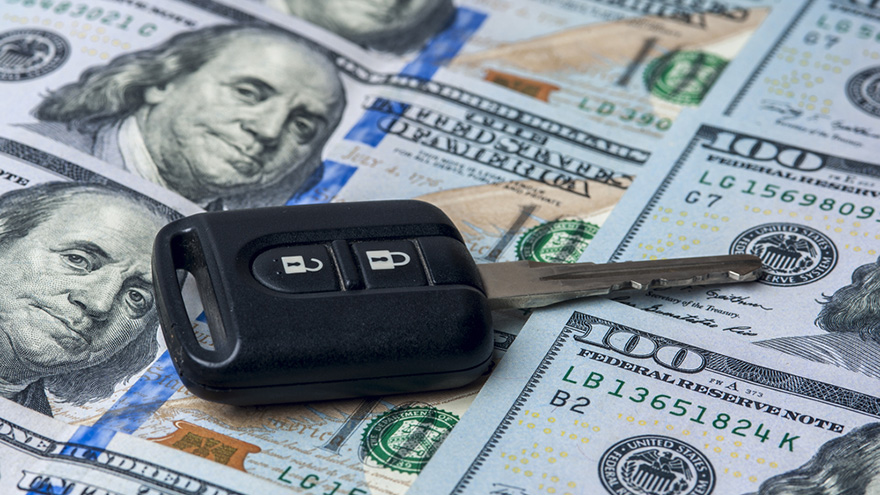How dealers might be biggest beneficiary from Fed rate cut

According to data compiled by the National Automobile Dealers Association, the average amount of total expenses at a franchised store climbed by nearly $400,000 between 2016 and 2018 to above $6.8 million.
During the span, the Federal Reserve raised interest rates eight times.
While “Money and Smoke” might seem like the clever title for the next Hollywood production about the financial world, leaders from KAR Auction Services and Cox Automotive with those names explained how the Fed’s action involving interest rates might help dealers with those costs.
To recap, the Federal Reserve cut the target range for the federal funds rate by 25 basis points to 2% to 2.25%, marking the first downward move by the Federal Open Market Committee (FOMC) in 11 years.
It wasn’t a unanimous decision, but Fed chairman Jerome Powell led the charge of the seven of nine FOMC members voting for the cut. The other two members wanted to leave the metric unchanged as has been the case following the Fed’s previous four opportunities this year to make an adjustment.
“As the year began, both the economy and monetary policy were in a good place,” Powell said during a press conference on Wednesday. “The unemployment rate was below 4%, and inflation had been running near our 2% objective for nine months. Our interest rate target was at the low end of estimates of neutral.
“Over the first half of the year, the economy grew at a healthy pace and job gains pushed unemployment to near a half-century low,” he continued. “Wages have been rising, particularly for lower-paying jobs. People who live and work in low- and middle-income communities tell us that many who have struggled to find work are now getting opportunities to add new and better chapters to their lives. This underscores for us the importance of sustaining the expansion so that the strong job market reaches more of those left behind.
“Through the course of the year, weak global growth, trade policy uncertainty, and muted inflation have prompted the FOMC to adjust its assessment of the appropriate path of interest rates. The committee moved from expecting rate increases this year, to a patient stance about any changes, and then to today’s action,” Powell went on to say.
Policymakers turning aside from a continued path of rising interest rates should please dealers, according to a blog post compiled by Cox Automotive chief economist Jonathan Smoke.
“The biggest immediate beneficiary of lower short-term interest rates in the auto industry will be dealers, as they should see an immediate reduction in the interest expenses they pay for carrying inventory and for capital for infrastructure investments,” Smoke wrote.
“Dealers saw investment expense rise with each Fed increase last year, and they have been contending with a perfect storm of higher costs across every major expense from inventory to interest to labor,” he added.
Although NADA’s data was limited to new-vehicle metrics, the association indicated that franchised dealers watched their floor-plan interest costs per new model retailed jump $61 per unit year-over-year in 2018.
While captive finance companies sometimes provide the funding for franchised dealerships to stock new inventory, stores still need financial resources for their used inventory. And that’s where AFC, the floor-planning division at KAR Auction Services comes into play.
AFC president Jim Money shared his reaction with Auto Remarketing about what the Fed’s actions this week could mean.
“Because the interest rate cut announced by the Federal Reserve was only a quarter of a percent, we feel the impact will be very minimal to our business. However, if there are additional cuts, we would anticipate more volume opportunity from our dealer customers in order to meet the consumer demand,” Money said.
You have to go back to when the U.S. economy unraveled into the Great Recession to find the last time the Fed cut interest rates frequently. Powell cut off a questioner during his press conference Wednesday when asked if the FOMC is poised to make more cuts later this year.
“Let me be clear. What I said was it’s not the beginning of a long series of rate cuts,” Powell said. “I didn’t say it’s just one or anything like that. What I said is when you think about rate-cutting cycles, they go on for a long time and the committee’s not seeing that, not seeing us in that place.”

 View The Latest Edition
View The Latest Edition

